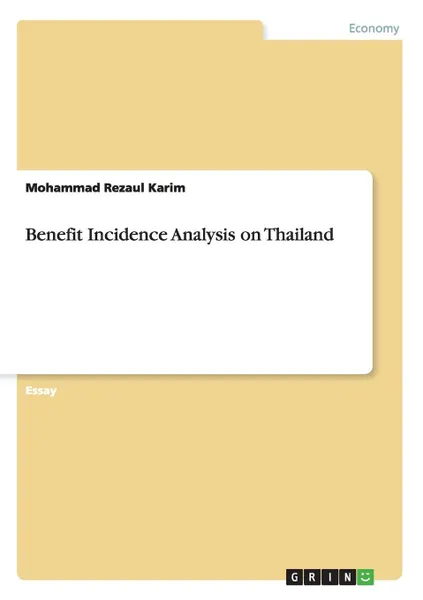Benefit Incidence Analysis on Thailand 12+
Автор: Mohammad Rezaul Karim
56 страниц
Категория: Бизнес образование
ISBN: 9783656420927
Язык: Английский
📗 Essay from the year 2013 in the subject Economics - Case Scenarios, grade: "none", , course: PhD, language: English, abstract: Abstract: To reduce inequality in income distribution and reduce the poverty social welfare spending in Thailand particularly on education and health services is regarded as one of the effective instruments. Policy makers agree that public subsidies on education and health produce positive externalities and have spill over effect in the society. This research is designed to analyse the effects of public spending of education and health on income distribution which examine the pre-expenditure and post-expenditure income distribution in Thailand. It follows the benefit incidence analysis (BIA) that is a method of computing the distribution of public expenditure across different demographic groups, such as women and men. The procedure involves allocating per unit public subsidies (for example, expenditure per student for the education sector) according to individual utilization rates of public services. This paper aims at examine who are the real beneficiaries from the government expenditure. The study uses the quantitative method where data are used of 2010. From the benefit incidence analysis on the public expenditure on education it seems that education system is pro-poor and health care system are not pro-poor rather pro-rich. The poor people can be benefited more from the primary and secondary education and less benefited from the tertiary e...
Мнения
